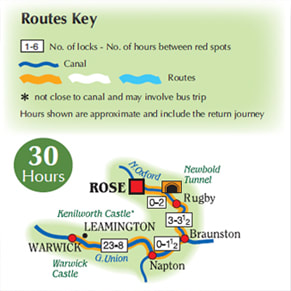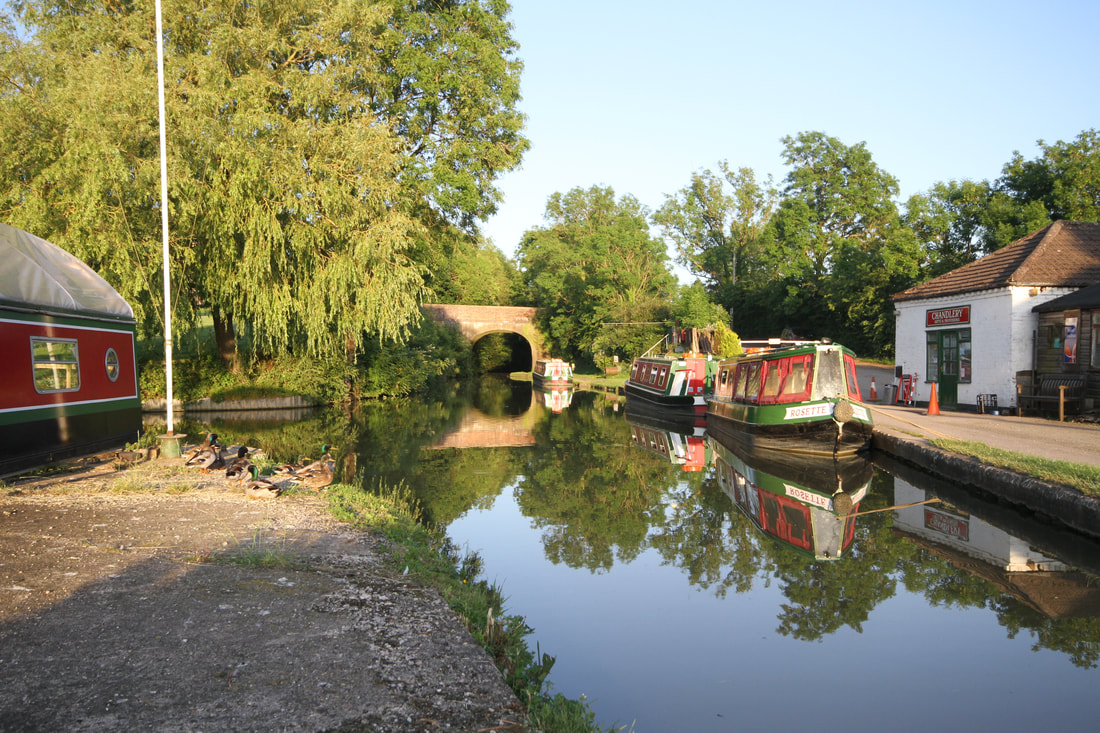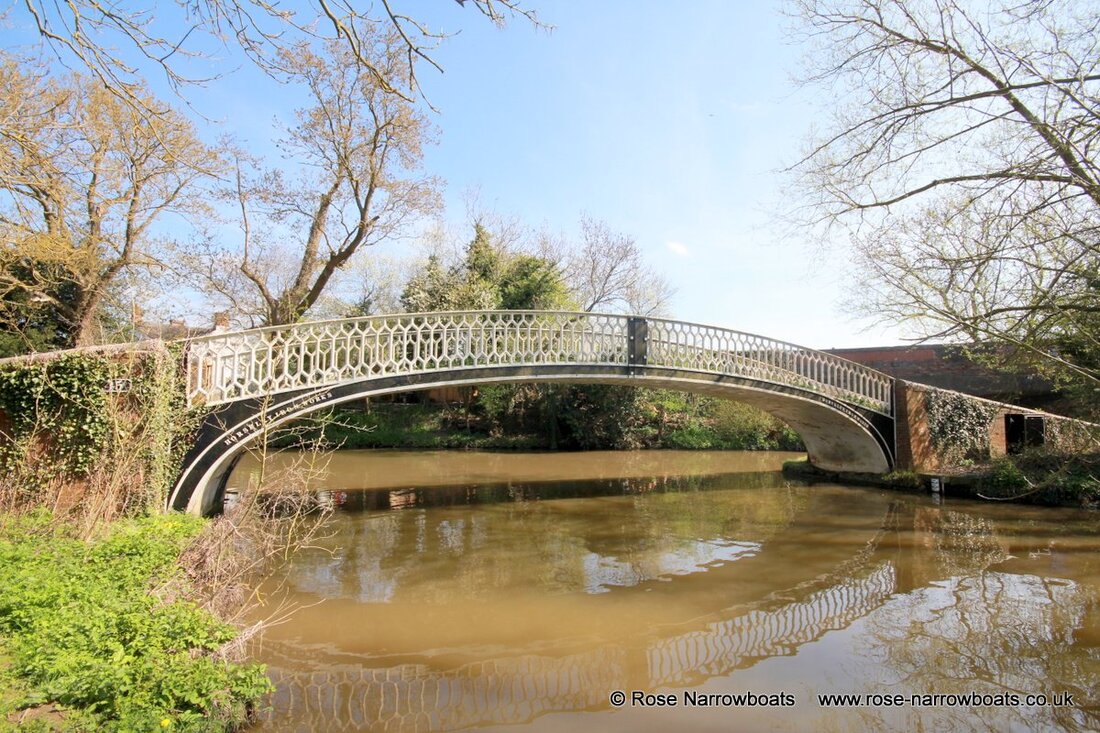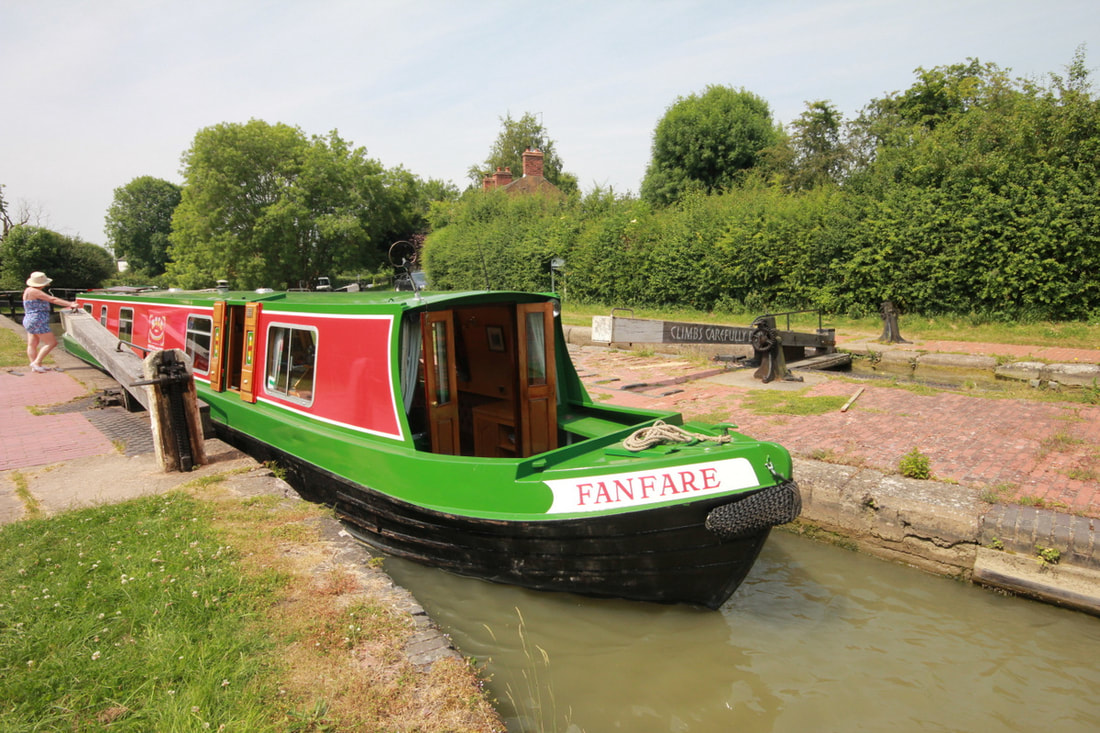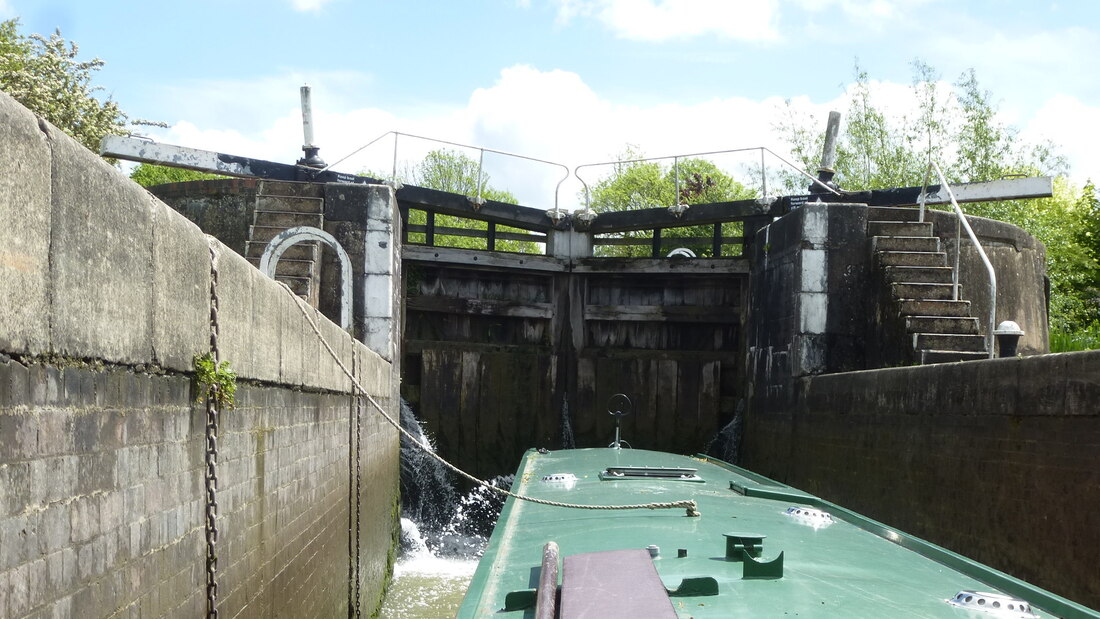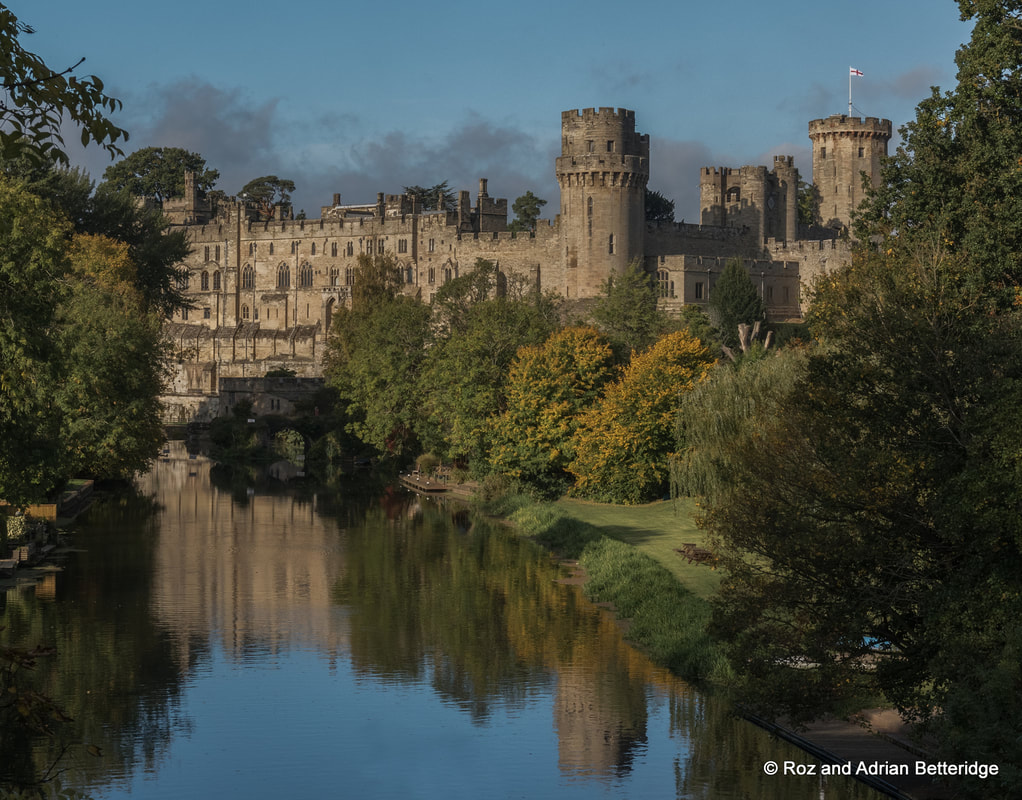|
1 Week Route
|
68 Miles
|
26 Locks
|
30 Hours
|
Twenty three wide and three narrow locks to negotiate each way via Braunston and Napton Junctions. The route gives you plenty of time to explore Leamington Spa with its Regency architecture and Warwick with its castle and antique shops. A bus ride from Warwick takes you to Kenilworth Castle or Stratford upon Avon.
|
This route takes you on a journey through the rural heart of England along two canals of very different character. The Oxford Canal was one of the first to be built in England, construction commencing at Coventry in 1770. Four years later it had reached Napton and by 1778 was open as far as Banbury: It took another 12 years to raise the money and complete the canal from there to the Thames at Oxford! The canal was engineered by James Brindley and built as a “contour canal” which means that the line follows the contours of land with a minimum of earthworks. This created a very tortuous route and the northern section of the canal was modernised in the 1830’s, almost halving the distance from Coventry to Braunston, striding across the countryside with a series of impressive arrow straight cuttings and embankments interspersed with winding sections of the original canal.
The Warwick & Napton Canal was not surveyed until 1793 and opened throughout 1800 as a narrow canal.. It was absorbed into the Grand Union Canal in 1929 putting almost all of the key route from London to Birmingham under the control of one company for the first time. The route from London as far as Braunston was originally built as a wide canal and in 1931 the Grand Union Canal company embarked on an ambitious scheme to widen the remainder of the route from Braunston (including the short stretch of the Oxford Canal) as far as Birmingham to improve efficiency. The work was never completed, so although all the narrow locks from Calcutt to Birmingham were replaced with new ones wide enough to accommodate two narrowboats side by side, money ran out before the channel was widened over the whole route to allow the large scale use of 12’6” wide cargo boats as envisaged, leaving us with a tantalising hint of what might have been. Starting from our base at Stretton Stop, where loaded boats were once “gauged” to be charged a toll for their cargo, you head south, towards Rugby, reaching Newbold tunnel after about one and half hours. As you come out of Newbold tunnel there is a pub (The Barley Mow) on the right hand side, and you can usually moor close by. It’s worth knowing as you walk along the access road in front of the pubs that this was once the canal. If you walk through the churchyard opposite on the public footpath you can find the original Newbold tunnel, now abandoned. Between Stretton and Hillmorton there are many short “arms” of the canal – short seemingly purposeless length of water which are actually some of the remains of the original route of the canal. They were retained to serve industry – normally flour mills or lime kilns which had been built alongside the old line or because they carried out some other function such as water supply. Where necessary these are crossed by graceful cast iron bridges. These bridges are all identical and some of the earliest examples of mass production in the world. The canal passes through the outskirts of Rugby, but maintains some privacy in a series of leafy cuttings or embankments. There are good moorings close to Bridge 58 convenient for the adjacent retail park with a multiscreen cinema, restaurants and a 24hr Tesco supermarket. The moorings here or at Newbold are the best places to stop if you wish to visit the centre of Rugby. The first three locks of your journey are encountered at Hillmorton, where the commercial traffic was so heavy by the late 1830’s the locks were duplicated to speed the flow of traffic between the Warwickshire coalfields and London. Above Hillmorton there are several more long straights on the way to Braunston, a major junction and and one of the historical centres of the UK canal network. There are plenty of moorings here and the village is well worth exploring with a well stocked supermarket, chip shop and four pubs. As you head away from Braunston on the last straightened section you pass the abandoned medieval village of Wolfhamcote on your left hand side as you head towards Napton. Careful study of the fields on the right hand side will reveal some unusual craters: these are far more recent history, being made by German bombs in WW2 – an unwelcome testament to the canals continuing importance as an industrial transport link well into the 20th century. One bomb did hit the top lock but it was quickly repaired and the canal reopened in a matter of weeks. A small aqueduct in this embankment carries you over the infant River Leam for the first time. The canal now winds through open farming country, skirting around Flecknoe, visible up on the hillside to your right and passing through the estate village of Shuckburgh before you reach Napton Junction (known to working boat crews as Wigrams Turn) where you turn right onto the former Warwick & Napton Canal. Very soon you reach the top of Calcutt Locks. The original narrow locks were converted to overspill weirs and can be seen alongside their three 1930’s replacements which you will pass through. Although large, these locks are very well designed and easy to use. Below Calcutt Locks the canal runs past two new marinas and several old wharves built to serve local industry – predominantly cement manufacture – now used for long term moorings before you reach the flight of ten locks at Stockton. If you shared the locks at Calcutt with another boat, you have probably already made friends and planned to pair up again down this flight – unless The Boat Inn at Birdingbury Wharf proves too tempting! If you work up a thirst going down the flight, fear not; there are more pubs further down the flight: The Blue Lias below the eighth lock, The Cuttle and The Two Boats opposite each other below the bottom lock. The canal now drops steadily into the Leam Valley, firstly through a pair of staircase locks at Bascote (where there is normally a volunteer lockkeeper on duty to assist you) through wooded countryside towards Radford Bottom Lock; from here the canal is on a level pound to Warwick. Passing close to Offchurch (named after King Offa, who is buried there) and through Radford Semele you soon reach the outskirts of Leamington Spa. Leamington Spa is an attractive town, but it manages to hide this fact from the canal very well! We recommend you carry on through Leamington, over the River Avon on an impressive aqueduct to Warwick and up the two locks at The Cape to the volunteer run Saltisford Arm where there are excellent moorings convenient for the town centre Most famous for its castle, there are plenty of other things to do and see in Warwick and the surrounding area with good public transport links making it easy to visit Stratford upon Avon if your holiday is not long enough to visit by canal. |

